Make the Most out of your Water with Environmental Sensibilities
My kids bug me about turning off the water off while I brush my teeth. This, while they take epic showers sometimes a couple times a day. It’s true that we can all do better at conserving water. Here in Seattle, it may seem that our supply is endless. Regardless of whether you live in an urban or suburban area, you historically may not have spent a lot of time thinking about where your water comes from. But concerns about drought and climate change may have you thinking differently. Even if you live on a home with a well, we all need to do our part to conserve our most precious natural resources. Here are some improvements water-savvy homeowners are investing in:
Drought-Tolerant Landscapes – A sprawling well-manicured lawn is not what it used to be. Some municipalities are even offering cash incentives for ripping up water-thirsty lawns and replacing them with hard and landscapes that take very little water, even in hot months. This is also known as “xeriscaping”.
Rainwater Catchment – Although this isn’t allowed in all municipalities, if yours allows it, consider adding rain barrels on your downspouts. Water collected can then be used to water your plants.
Smart Sprinklers or Drip Irrigation – We have smart home technologies – these now extend to the garden! With smart irrigation, weather, soil conditions, and plant water use are monitored and the right amount of water is utilized to optimize plant growth.
Laundry – The most efficient washers these days use about 15 gallons of water per load as opposed to about double that for older models. According to Energy Star, most families do about 300 loads of laundry each year, so upgrading to a more-water-efficient model can save 4,500 gallons of water a year!
Low-Flow Showerheads – These use about half the amount of water as their conventional counterparts (5 gallons per minute as opposed to 2.5 or less). According to www.home-water-works.org, showers account for a third largest water use after toilets and the washing machine and last an average of 8.2 minutes. A low-flow showerhead could save 20 gallons of water per shower!
Hot Water Recirculating Pump – Depending on the size of your home, when you first turn on a shower or faucet, it may take a long time for hot water to get there – in some cases over a minute! This can waste a lot of water! But with a hot water recirculating pump, you have hot water almost immediately.
Dual-Flush and Low-Flow Toilets - According to www.watercalculator.org, flushing is a huge water hog. While older toilets can use 5-7 gallons per flush, newer low-flow models can use as little as 1.6 gallons. If the average person flushes five times per day, that alone can save 17 gallons or more.
Of course, there is more that you can do as an individual including taking your car to the car wash instead of washing it yourself and checking for leaks in your faucets and pipes, but as a homeowner, installing the above will not only help you help the environment, but will also be a great marketing tool when it is time to sell. Reach out to learn more!
